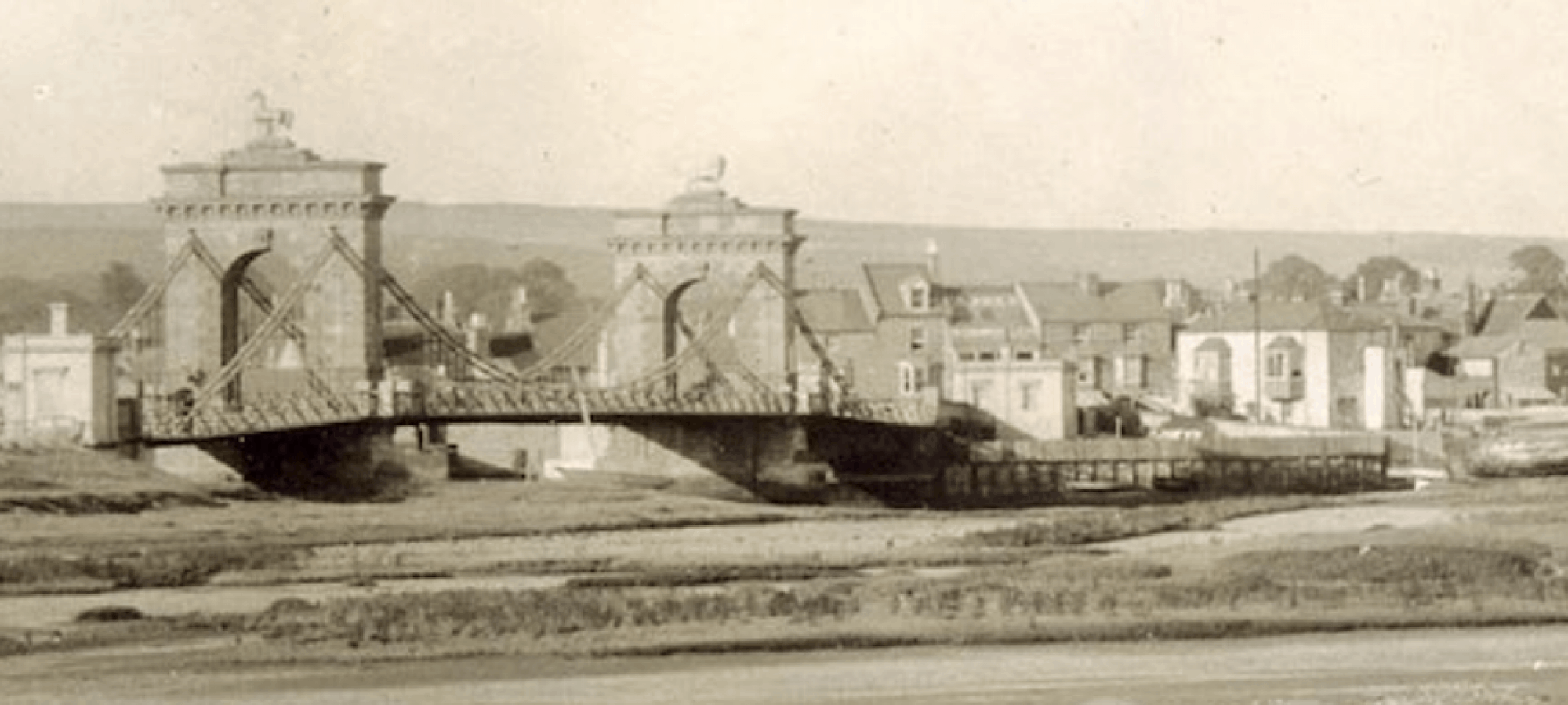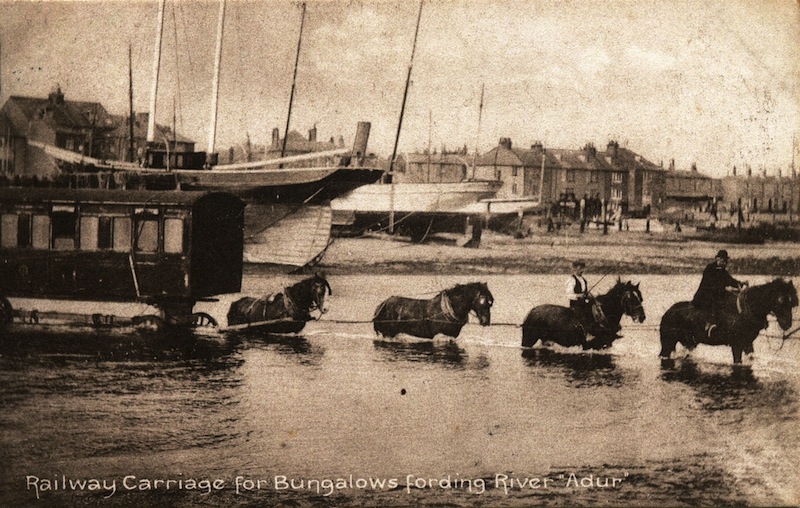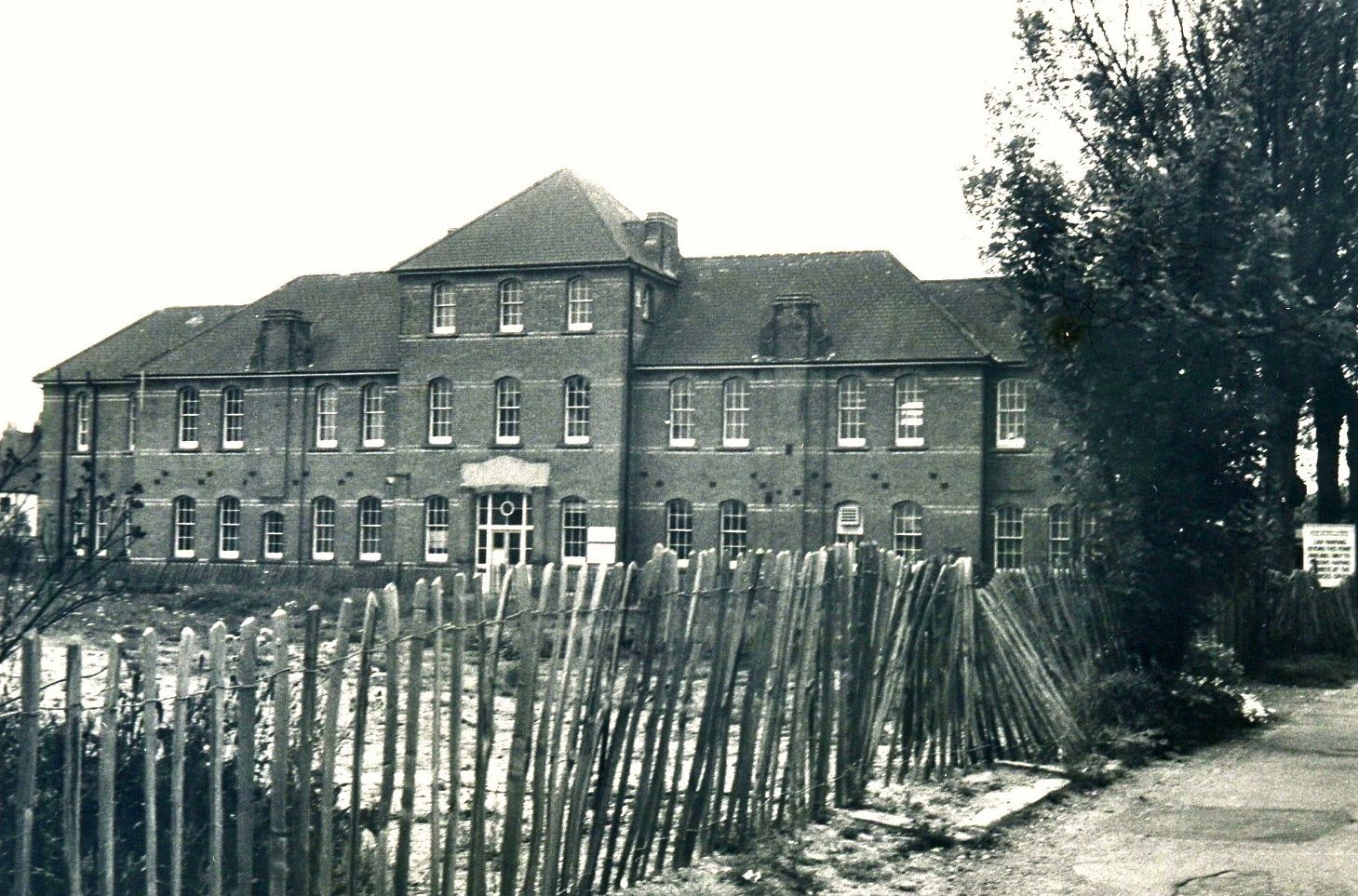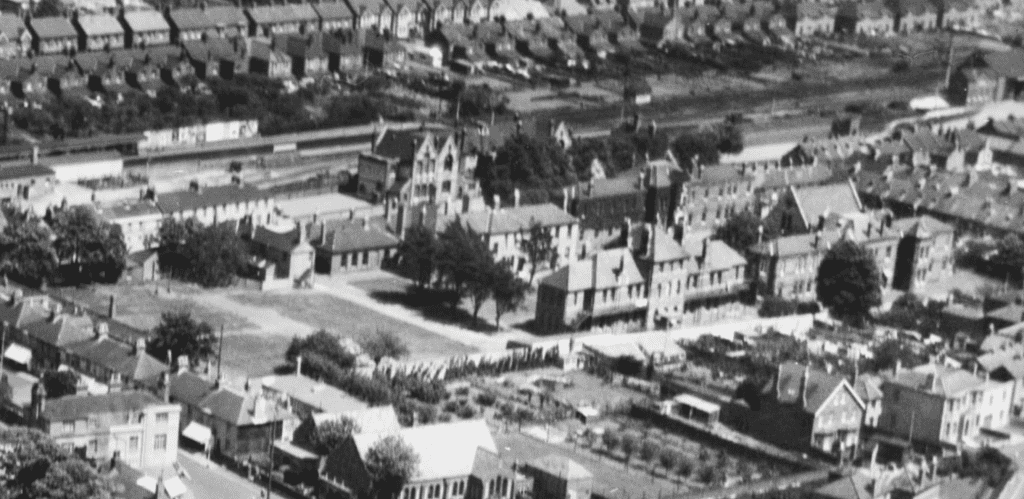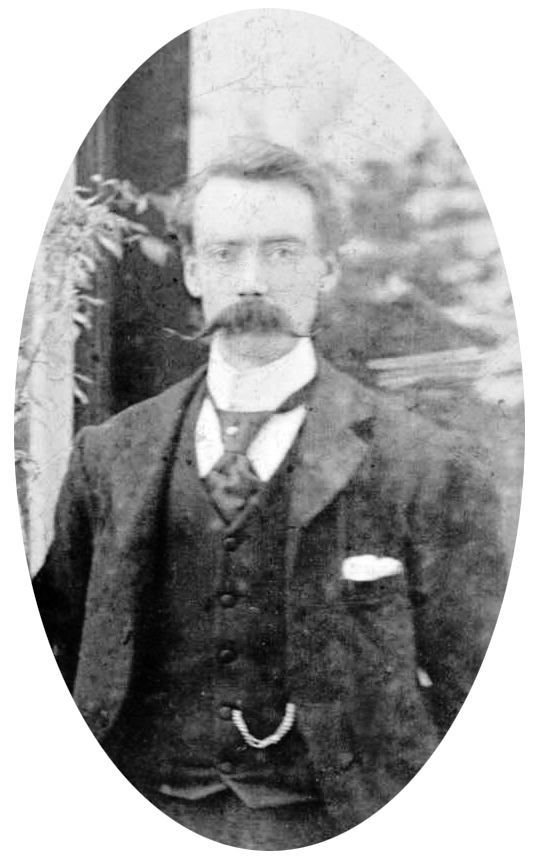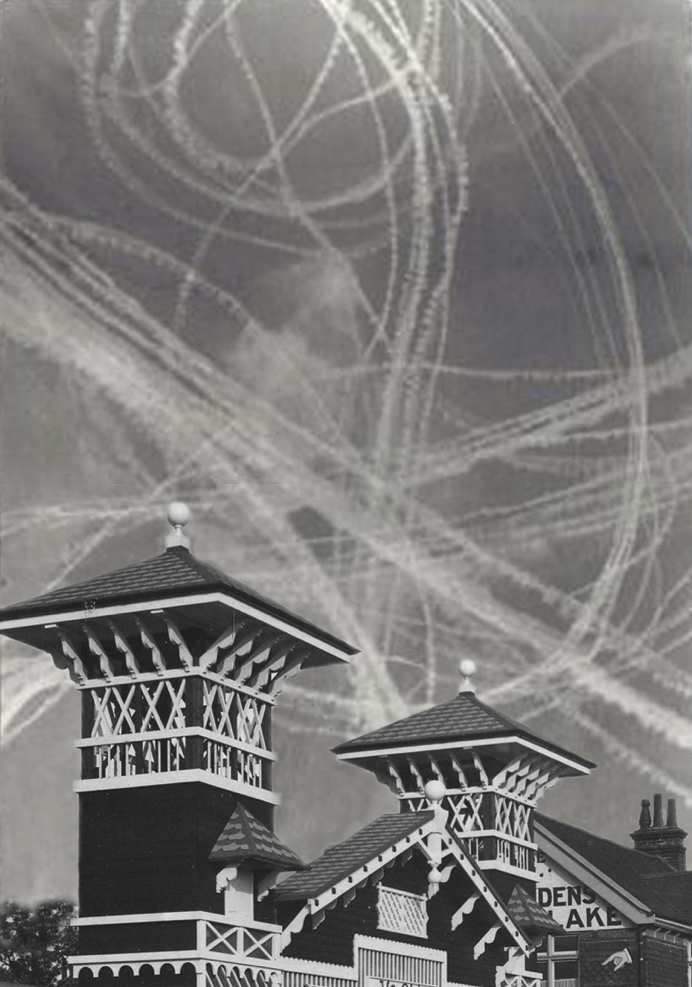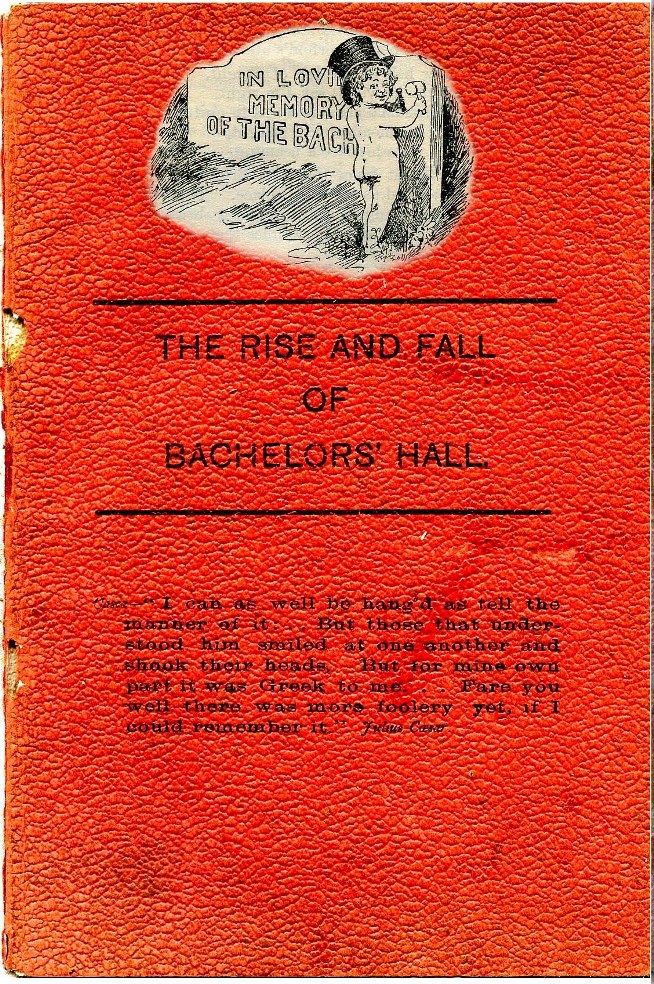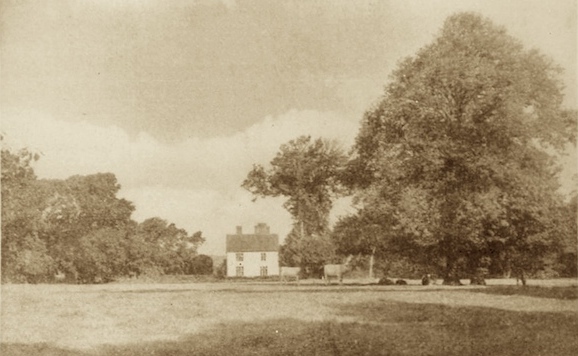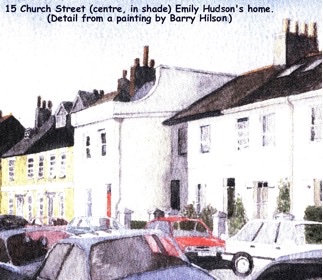Railway Carriages as Houses.
A 1910 article and photographs from ‘The Harmsworth Magazine’ recording the origin and construction of dwellings and subsequent development of Shoreham by Sea’s amazing Bungalow Town. (donated by the Shorehambysea.com History website) Continue reading “Railway Carriages as Houses”
Photograph collections left to us by Shoreham folk inevitably involve the family of the donor. Occasionally though, some photos are included that relate to other families and over the years these have built up. There are now enough of these to be able to illustrate the lives of a handful of these lesser known individuals:- Continue reading “More Shoreham Characters”
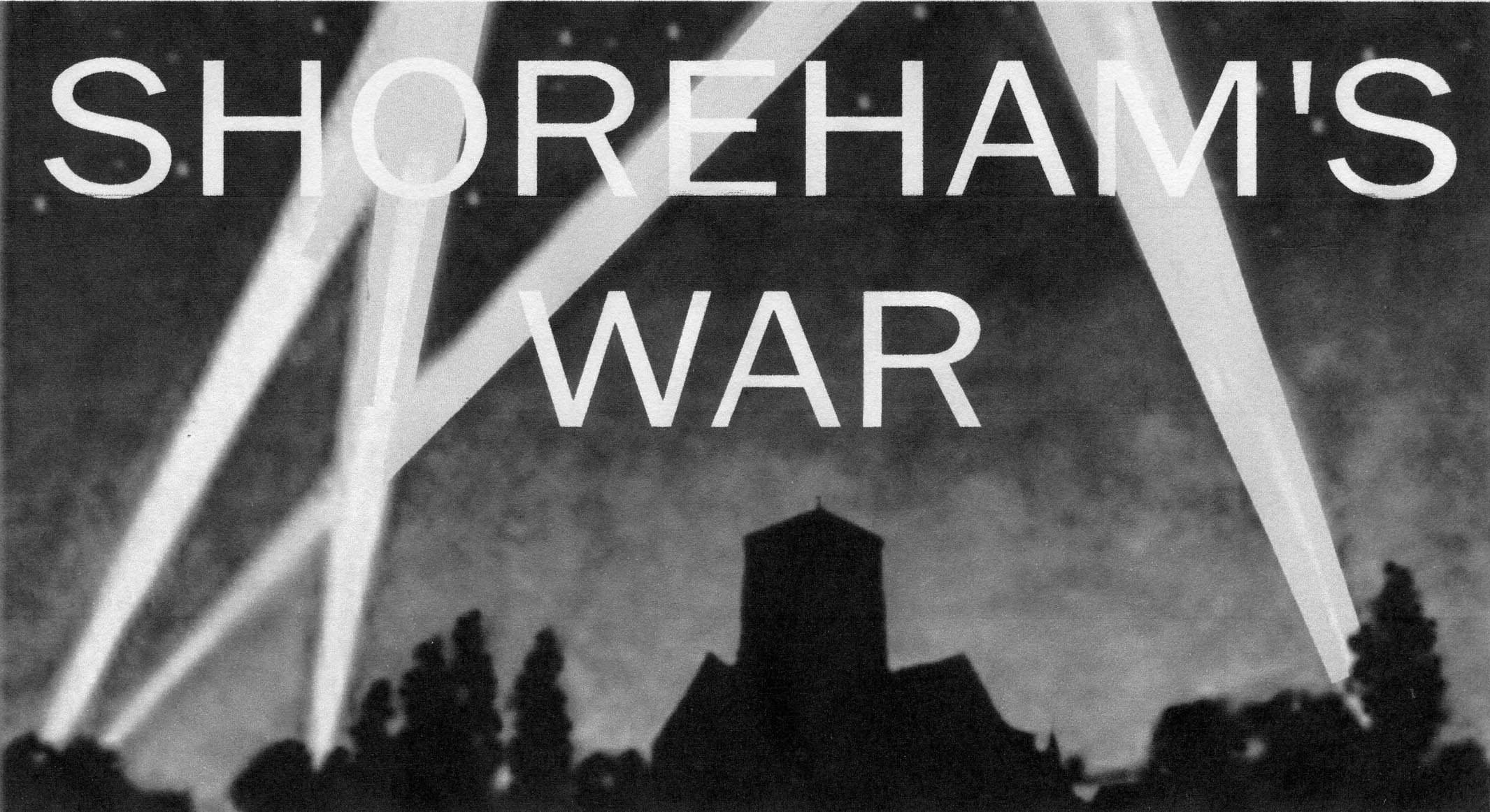
A unique record of Shoreham’s war as seen through the eyes of the people that lived through it. Probably the most complete record to date of wartime edited from the reminiscences of many contributors to the shorehambysea.com web site history forums and others, in particular Gerald White (whose article ‘Shoreham in World War 2 – A Diary of Events’ has provided much general information for the background of this record) and John Lyne who were both near neighbours in Connaught Avenue. Special acknowledgment is also due to Peggy Bailey a Shoreham Beach resident, Cynthia Bacon once of Swiss Gardens for her memories and photos and to Brian Bazen who lived in Eastern Avenue whose reminiscences in full can be seen on ‘Britain at War’ at Telegraph.co.uk Continue reading “Shoreham’s War”
Bungalow Town 1935 Property Map, Shoreham by Sea (inc. 1901 properties and 1912 map)
A List of Property Names and Plot Numbers from the 1935 Map of Bungalow Town
(in numerical order and alphabetical order)
Whilst the map is noted in Shoreham Library as 1935, discrepancies with the 1935 Street Directory suggest this map may be of another year. Street directories for some of the years in the 1920’s and 30’s provide postal numbers and occupants within street as well as a few years where the alphabetical order of house names is also provided. This listing provides a property number list and an alphabetical list only in respect of the properties on the map will not always correspond with properties of an earlier or later year.
Continue reading “Bungalow Town Property Map 1935”
The Rise and Fall of Bachelors’ Hall
Discovered amongst the pages of the Winton Collection of photo albums and scrapbooks this little known booklet was published in 1891 to celebrate the six short years of a long forgotten society of Shoreham bachelors dedicated to the noble state of remaining single. Nowadays such a publication would probably be condemned as sexist and perhaps even silly. Nevertheless, it records an organisation created in 1885 by a group of Shoreham’s young men whose names are still familiar to those interested in the town’s history .
Continue reading “Bachelors Hall”
Windmills were once quite common although Sussex was perhaps home to more mills than many other counties. During the 18th century in the surrounding areas around Shoreham alone there was one each at Lancing, Beeding, and Southwick with three at Portslade if the ones at Copperas Gap and Fishersgate are included.
Continue reading “Mills, Millers & Millwrights”
Ashcroft was situated in the region then known as Kingston Buci, now Kingston by Sea. The Manor House was acquired by William Gorringe in the early 19th century and ‘Ashcroft’ was built in the grounds of the Manor House as a home for one of the younger sons.
Continue reading “Ashcroft”
Emily Winifred Elizabeth Hudson 1914 – 2005
Family History and Reminiscences of a Shoreham Resident
Emily Hudson is descended from the Pages (on her mother’s side) and the Clements, both long standing Shoreham families.
Continue reading “Emily Hudson”
